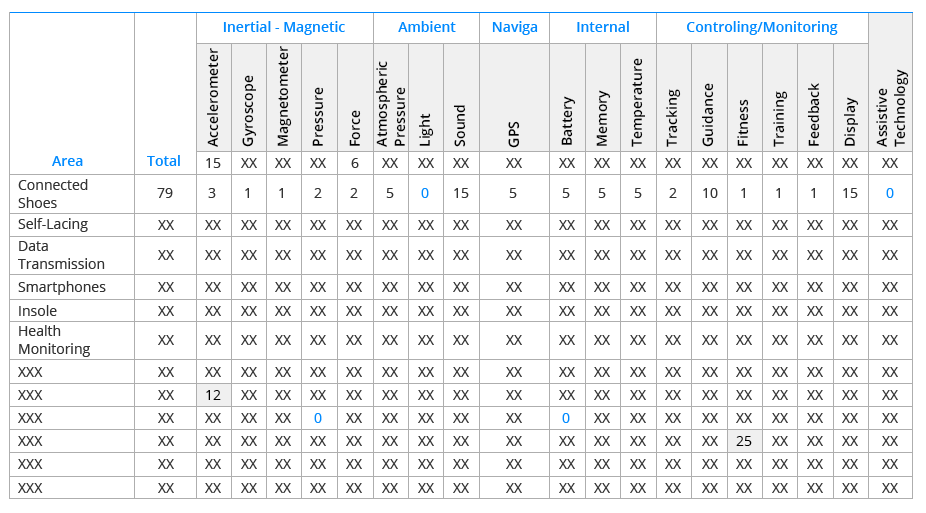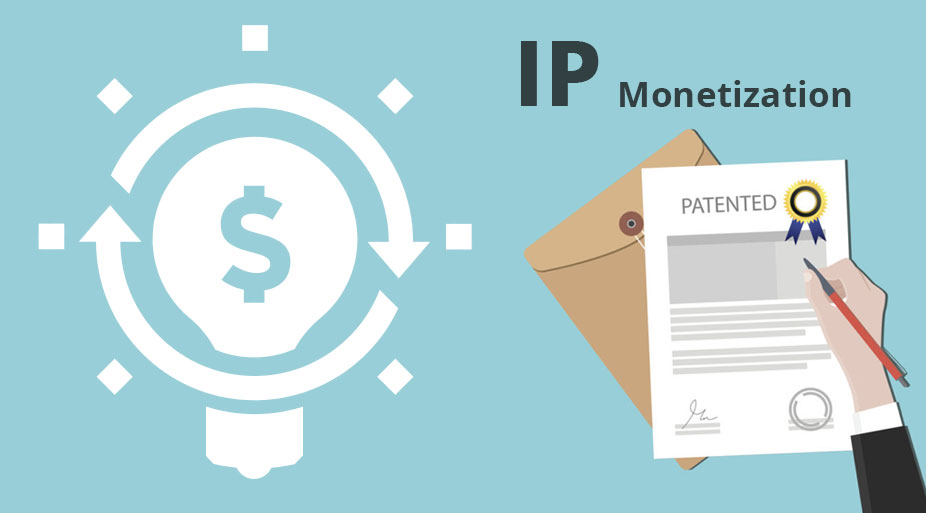Every organization tries to get the most out of their patents, but most companies are underutilizing their portfolios. Patent rights do not last forever. Organizations will be generating more revenue if they start monetizing patents. Significant sources of revenue usually include licensing, litigation, selling and buying, and pledging.
It is essential to know how to analyze patents during patent portfolio management. Technology, product, and field of application are the core of patent portfolio management. When conducting any analysis, independent claims should be thoroughly read and interpreted. Independent claim provides information about the field of application, products that can be covered, and technologies being used.

Grouping/Categorizing Patents
The patents need to be categorized into different technologies, products, or fields of application during the patent portfolio analysis. Then, analysis can be done by observing Product vs. Technology and technology vs. Fields of Application to see the distribution of patents and protection level. This analysis would help in identifying the areas that have been overlooked and opening potentially profitable opportunities.
Use Case
For example, they are considering that a company is operating in the field of shoes. The company has patents related to the usage of sensors in shoes and now they want to see areas where patents are being underutilized in their respective field of application and identify the areas that have been overlooked.
The analysis would start with identifying the technologies used, such as sensor types for this study, and then the field of application would be determined based on the thorough evaluation of patent claims. After following the predefined steps of analysis, the organization would be provided insights about the areas underutilized, most utilized, and potential areas of profitable opportunities. An exemplary output of the study is shown below:

Evaluating the Quality of a Patent
The following parameters are used to determine the quality of patents:
- The legal strength of the patent: It depends on the patent’s degree of novelty. A patent with clear, short, well-written claims makes it easier to win lawsuits or challenge third-party patents during infringement cases.
- Technology strength: It involves ranking the patent as per the market and competitor analysis.
- Commercial value: It involves using various statistical models to calculate the projected size and economic value of the market protected by the patent, thus helping determine the product’s potential market share.
Competitor Analysis
A good strategy of IP monetization should also include “Competitor Analysis” which observes the competitor’s patent portfolios to evaluate the high-quality patents they have, which will help to understand your position in the global landscape. Competitor analysis should be done by monitoring the patent portfolios of target players in the market and closely following the updates. It will help to ascertain the actual strength or weakness of a company’s patent portfolio.
The company may activate different options after performing IP monetization analysis such as buying or selling, licensing, pledging, commercialization, enforcement, investment, or changing the direction of research and development.
Conclusion
Our approach to patent monetization and management considers all of the stages of the patent’s lifecycle. We also consider the position of a company in the market and compare it with the competitors. Our analysis will provide the list of top patents that have a broad scope, less claim complexity, high discoverability, and potential infringing entities.



